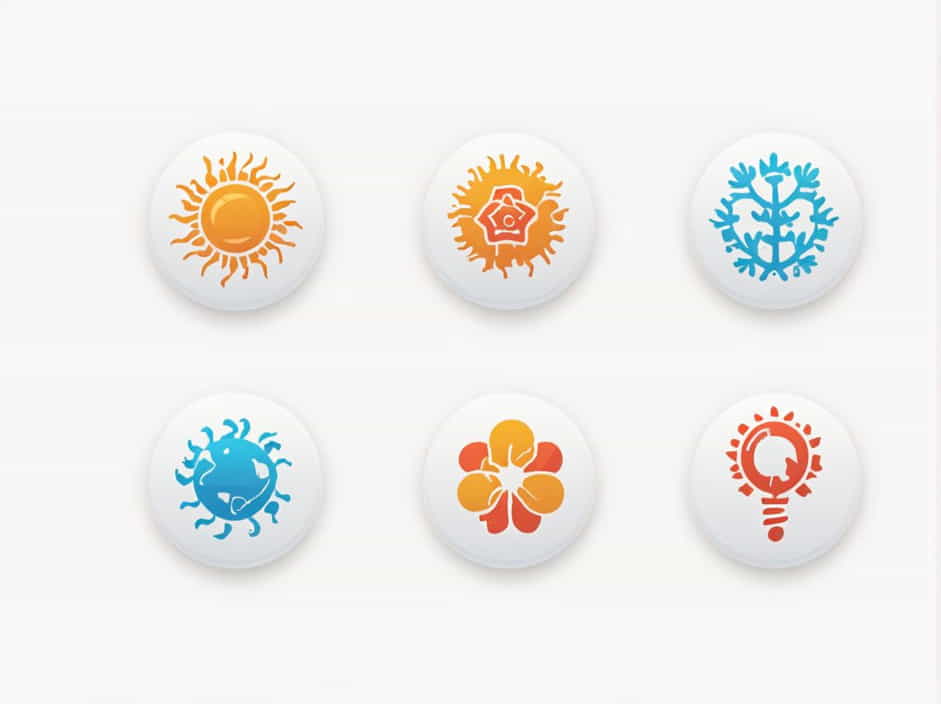Disease-producing organisms, scientifically known as pathogens, are responsible for infections and illnesses in humans, animals, and plants. While “pathogen” is the correct scientific term, many everyday words describe these harmful microbes in simpler language.
This topic explores nonscientific synonyms for disease-causing organisms, their different types, and how they affect health. Understanding these terms can help people recognize and communicate about infections more effectively.
Common Nonscientific Terms for Pathogens
In everyday conversations, people often use simpler words instead of “pathogen” to describe disease-causing organisms. Some of the most common include:
- Germs – A broad, widely used term referring to bacteria, viruses, fungi, and other microbes that cause disease.
- Bugs – A casual way to describe infectious agents, often used for viruses and bacteria (e.g., “stomach bug”).
- Microbes – A general term for microscopic organisms, some of which cause disease.
- Infections – While not an organism itself, this term is often used to describe the presence of harmful microbes in the body.
- Contaminants – Used when discussing microbes found in food, water, or surfaces that can lead to illness.
Each of these terms is used differently depending on the context, but they all refer to the same basic idea: organisms that cause disease.
Types of Disease-Causing Organisms
Although commonly grouped together as “germs” or “bugs,” disease-causing organisms belong to distinct categories:
1. Bacteria: Tiny Single-Celled Organisms
Bacteria are microscopic prokaryotic cells that can thrive in diverse environments. While some bacteria are beneficial (e.g., those in the gut), others can cause infections like:
- Strep throat (caused by Streptococcus bacteria)
- Tuberculosis (Mycobacterium tuberculosis)
- Food poisoning (Salmonella and E. coli)
Common nonscientific terms for harmful bacteria include “germs,” “bugs,” and “infections.”
2. Viruses: Microscopic Infectious Agents
Viruses are smaller than bacteria and cannot reproduce on their own. They invade host cells and use them to multiply. Viral infections include:
- Common cold (caused by rhinoviruses)
- Influenza (flu)
- COVID-19 (caused by the coronavirus SARS-CoV-2)
People often refer to viruses as “bugs,” “germs,” or simply “a virus.” For example, someone might say, “I caught a bug,” when referring to a viral infection.
3. Fungi: Organisms That Can Cause Infections
Fungi include yeasts, molds, and mushrooms. Some cause diseases in humans, such as:
- Athlete’s foot (Tinea pedis)
- Ringworm (a skin infection caused by fungi)
- Yeast infections (Candida overgrowth)
Fungal infections are sometimes called “germs” or simply “fungal infections.”
4. Parasites: Organisms That Live on or Inside a Host
Parasites survive by feeding on a host organism. They include:
- Protozoa – Single-celled organisms like Plasmodium, which causes malaria.
- Worms – Larger parasites like tapeworms and roundworms.
Nonscientific terms for parasites include “worms,” “bugs,” or “critters.” People might say, “I have a stomach bug,” when referring to a parasitic infection.
5. Prions: Misfolded Proteins That Cause Disease
Prions are an unusual type of infectious agent. They are abnormal proteins that cause degenerative brain diseases, such as mad cow disease and Creutzfeldt-Jakob disease.
Prions do not have a common nonscientific name, but they are sometimes grouped with “germs” or “contaminants.”
How These Organisms Spread
Disease-causing organisms can spread in many ways, including:
1. Airborne Transmission
Many viruses and bacteria spread through coughing, sneezing, or talking. Examples include the flu, COVID-19, and tuberculosis.
2. Direct Contact
Skin-to-skin contact can spread germs. Diseases like ringworm, athlete’s foot, and cold sores are transmitted this way.
3. Contaminated Food and Water
Foodborne illnesses, often called “food poisoning,” result from consuming contaminated food. Bacteria like Salmonella and E. coli are common culprits.
4. Insect Bites
Mosquitoes, ticks, and fleas carry disease-causing parasites and viruses. Examples include malaria, Lyme disease, and dengue fever.
5. Touching Contaminated Surfaces
Many viruses, such as cold and flu viruses, survive on surfaces for hours or days. Touching these surfaces and then touching the face can lead to infection.
Preventing the Spread of Disease-Causing Organisms
While germs and bugs are everywhere, good hygiene can help prevent infections. Key prevention measures include:
1. Handwashing
Washing hands with soap and water for at least 20 seconds reduces the spread of bacteria and viruses.
2. Vaccination
Vaccines protect against serious infections like the flu, measles, and COVID-19.
3. Proper Food Handling
Cooking food thoroughly and avoiding cross-contamination help prevent foodborne illnesses.
4. Cleaning and Disinfecting Surfaces
Regular cleaning reduces the number of germs on frequently touched surfaces.
5. Avoiding Contact with Sick Individuals
Staying home when sick prevents spreading infections to others.
While “pathogen” is the scientific term for disease-causing organisms, everyday language includes terms like “germs,” “bugs,” “microbes,” and “infections.” These organisms include bacteria, viruses, fungi, parasites, and prions, each causing different types of illnesses. Understanding these terms helps people recognize the importance of hygiene, disease prevention, and treatment in everyday life.
